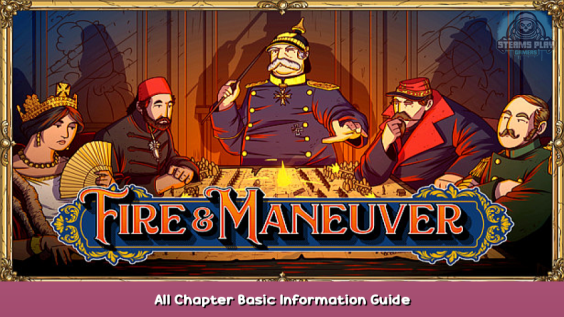
“The Art of Fire & Maneuver” is aimed at explaining the mechanics & basic combat principles of F&M to newer players, while also providing in-depth tactical & strategic advice to more experienced players.
PLEASE READ FIRST!
Things to note:
- WARNING: This guide was created during the alpha version of the game, thus many things in this guide may be misleading or outright wrong depending on when you read this. I will attempt to keep up with any changes by updating this guide, but if an update significantly changes gameplay or mechanics I cannot promise that I will rewrite the entire guide to update it.
- As this guide was written during the alpha version, some bugs may break or change some elements of the game until they’re fixed. This guide will be ignoring any bugs that might alter or outright break any tactics & strategies, as it would be pointless to alter the guide for these if they’re going to be fixed soon.
- This guide assumes that the reader (you), knows & understands the core concepts of how the game Fire & Maneuver works. (i.e. simultaneous turns, tile based system, armies are comprised of different regiments, etc.)
- Some information may or may not be biased or based on opinion, I’m just a human writing this guide after all.
- When I talk about strategies, I am referring to the overall actions of the entire army on the map (as well as army compositions). When I talk about tactics, I am referring to the actions of a single or small group of regiments on a specific or small part of the map.
- Other than chapters that explain game mechanics, I will try to keep tactical & strategic explanations somewhat abstract. The reason is that the goal of this guide isn’t to teach & explain exactly what to do in every possible situation (Which would be impossible by the way.), but to teach players how to think in certain situations.
- As the game changes & my opinions change, some things within this guide may be altered to fit my new thoughts & opinions.
- If you spot any errors (Anywhere from wrong information to a simple typo), please let me know & I will fix them when I can.
(This section is alot longer than I originally intended it to be.)
Index
Chapter 1
- Understanding F&Ms damage system
- How charging & melee works
Chapter 2
- Understanding formations
- Perk list
Chapter 3
- Basic tactical thinking
- How to effectively use artillery & cavalry
- How, why, where, & when to use overwatch
Chapter 4
- How to effectively use artillery & cavalry
- How to use skirmishers
Chapter 5
- How to use reserves tactically
- Overview of the armory
Chapter 6
- Army composition & deployment zones
- Nations
Chapter 7
- Understanding the terrain
- Managing & arranging your forces
Chapter 8
- Knowing when to retreat
- Risks: benefits & consequences
Chapter 1
The first chapter of this guide focuses on teaching & explaining the damage system, formations, as well as charging & melee to newer players. If you’re brand new I highly suggest reading this chapter, however if you’re more experienced & are looking for tactics & strategies rather than explanations of mechanics, you can skip this chapter.
Understanding F&Ms damage system
In order to effectively & efficiently inflict damage upon the enemy, the first thing you must understand is how F&Ms damage system works (if you already know how F&Ms damage system works you may skip this section). This section will not cover charges or melee, that will be covered later.
The base range damage for all units is 1, however this changes depending on formation. A regiment that attacks frontally deals no extra damage, if it attacks from the side it deals 1 extra point of damage, & if it attacks from the back it deals 2 extra points of damage.
The next mechanics are cohesion & attrition, these are important so pay good attention! When a regiment loses all of it’s cohesion, damage will be inflicted on it directly thus damaging companies within the regiment. If a regiment loses all of it’s companies, it is destroyed & removed from the battlefield. However if a regiment is not bordering any enemy regiments (straight & diagonally), it regains all of it’s cohesion at start of the planning phase.
If a regiment has only one or none of it’s cohesion left, it will have attrition applied to it (represented by a skull). If a regiment conducts any maneuver order while attrition is applied it will lose a company, regardless of if there’s still some cohesion left. The only way to remove attrition is to restore cohesion.
Regardless of damage bonuses & resistances, the minimum amount of range damage received is always at least 1. Also note that the disciplined range perk increases the range damage of that regiment by 1 point, & the skirmisher perk makes that regiment unaffected by attrition.
How charging & melee works
Charging is classified as a fire order, thus a regiment cannot shoot and charge in the same turn (unless it has the breech-loading perk). In order to conduct a charge order the regiment must be adjacent straight to the enemy regiment you want to charge, however cavalry can also charge diagonally. Charging also does flanking damage, the same as ranged damage (+1 from the side, +2 from the back). Remember that a frontal charge deals no damage without a charge bonus, just keep that in mind.
As soon as the battle phase ends, melee damage is calculated. If a regiment is engaged in melee, it will deal 1 damage to the enemy regiment (charging bonuses do not count, as they are already in melee). Thus having 2 regiments in melee will deal 2 damage to the enemy regiment at the end of each battle phase.
When shooting into a melee engagement, you damage both sides. Thus you should avoid shooting into an active melee engagement, unless you have the advantage & wish to end it quicker.
Chapter 2
This chapter focuses on showing & explaining formations, as well as the different perks in the game.
Understanding Formations
– – – – –
Close order
- 1 tile movement
- 3 tile firing arc
- +1 range damage
Close order formation is what your infantry will spend most of their time in, as it provides +1 range damage. If your infantry is about to get into combat I highly suggest putting them into close order formation unless your plan requires another formation to be effective.
– – – – –
Attack column
- 2 tile movement
- 1 tile firing arc
- +1 charging damage
Attack column is good for mobility while still allowing the regiment to engage in ranged or melee combat, thus making it useful for flanking/surrounding maneuvers & charges. However you must use attack columns carefully as they do not have extra damage like the line formation.
– – – – –
March column
- 2 tile + diagonal movement
- Cannot conduct a fire order
- Vulnerable to damage
March columns are very mobile however they are vulnerable to damage & cannot conduct a fire order, thus this formation is only useful for moving regiments close to the frontline or to quickly take position in a key area.
– – – – –
Square formation
- Cannot move
- 360 degree firing arc
- Completely resistant to charge damage
- Vulnerable to range damage
Square formations are useful for defending or fending off major cavalry attacks, & have a 360 degree firing arc. However personally I find this formation to not be very useful, as sacrificing movement & being decimated by any ranged attack isn’t worth it in my opinion.
– – – – –
Open order
- 1 tile movement
- 180 degree firing arc (90 degree firing arc if facing diagonally)
- Can’t get bogged down by terrain
- Resistant to range damage
- Vulnerable to charge damage
Open order is useful for moving up regiments & attacking while reducing the amount of range damage taken, especially if you’re going up against Krupp guns for example. However if you require more firepower, it may be better to switch to line formation instead of open order. It’s also good to be careful when near the enemy in this formation as open order receives more damage from a charge.
– – – – –
Below are the firing arcs of rifled infantry in different formations:
– – – – –
Perk List
Shock: This perk provides +2 charge damage to the regiment.
Melee Drill: This perk reduces the amount of damage taken in melee by -1 point.
Grapeshot: This perk provides +2 range damage to the regiment when firing at an enemy directly adjacent to the regiment.
Breech-Loading: This perk allows the regiment to conduct 2 fire orders in the same turn.
Rifling: This perk provides the regiment with +1 range.
Range Drill: This perk provides +1 range damage to the regiment.
Skirmisher: This perk makes the regiment unaffected by attrition.
Efficiency: This perk allows the regiment to conduct 2 maneuver orders in the same turn.
Rugged: This perk makes the regiment unaffected by terrain penalties.
Disorganized: This perk makes the regiment regain cohesion slower. (2 per turn)
Breakable: This perk makes the regiment turn around & flee when cohesion breaks.
Cumbersome: This perk makes it so the regiment can only conduct fire orders OR only conduct maneuver orders in the same turn.
Indirect: This perk allows the regiment to shoot over any obstacles in it’s way.
Chapter 3
This chapter of this guide focuses on fundamental tactics & overwatch.
Basic tactical thinking
Now that you know the mechanics of the game, we can finally get to tactics! Infantry will almost certainly comprise most of your army, so understanding infantry combat before anything else is key. However remember that there are many different types of infantry & thus many different infantry vs infantry engagements, so this section of the guide will be somewhat abstract.
When you plan to attack with your infantry, it is always good to bring superior numbers than the enemy regiments you plan to attack. The more infantry you have the more damage you can do, while also making it harder for the enemy to fully repel the attack. If you can safely retreat a regiment to quickly regain cohesion while still being close to the fight, it can be very valuable to do so. Remember that the less infantry you have, the less likely you are to succeed in an attack.
The key to defeating your enemy in an infantry engagement is to think about what he will do, and you must counter what you think he will do while also being flexible enough so you can react to anything he does that you didn’t expect. Here’s an example with pictures so you understand the basic concept:
(For a short video provided by “That Belgian Guy” showing the actions in this example, click

.)
Pretend that the outlined tile is an enemy regiment facing south. On our first turn (first screenshot) we move up both regiments and fire, covering the enemy regiment in the event that he moved in any direction but northward. This way if he moved south to attack at the same time, we fire on him from both sides while also dealing +1 flanking damage. If he moved west or east we’d still get one or two (depends if we have breech-loaders) shots off. If he retreated northward we might not deal any damage, but we’ve pushed the enemy back & captured ground.
Let’s say that he didn’t move the regiment, but instead fired with it or maybe completely ignored it. On our second turn we can assume that he’ll likely retreat to avoid being surrounded, so we move up both regiments to a position where we can still fire at him if he does that. At this point we’ve covered any means of safely escaping for the enemy; if he moves east or west he engages in melee with our regiments, & if he moves north or south we still get 2-4 shots on him from both sides.
An important thing to note in this example is how we did not turn our regiments diagonally upwards on our second turn like we did on the first, because if we did that & the enemy moved south it’s possible he could’ve gotten 1-2 side shot(s) on our regiments. While that would be unlikely to happen, it highlights my point that you should plan to counter as many different possibilities as possible. (That statement goes for all tactics & strategies regardless of any variables.) Another important thing to note is that this example could’ve played out drastically differently depending on the order of orders given by each player, the example assumes that the enemy player’s first order(s) were given to that specific enemy regiment.
This section of the chapter didn’t explain about offensive/defensive tactics, rifles & breech-loaders, different types of infantry with different stats & perks, ect. It was meant to teach how to think during these situations, rather than exactly what to do.
If this section was a bit too complicated to get my point, basically what I want you to understand is that: You should always try to make your plans as reliable as possible, in case an unexpected or unlikely outcome occurs.
How, why, where, & when to use overwatch
In order to use overwatch, look at the fire type order button to the right of the fire order. Overwatch deals damage to any enemy regiments that conduct a maneuver order, as long as they’re moving inside/into the range of the entrenched regiment & they haven’t fired already. If the regiment has the breech-loading perk, it’s able to fire automatically twice. However if a regiment in overwatch conducts any maneuver order itself or is shot at, it immediately loses it’s overwatch.
Overwatch can be very useful for artillery to lock down a large area, or for infantry to get extra damage while defending a key position. If you want to lock down a large area or prepare to defend a large push from the enemy, setting artillery into overwatch is a good idea. If you want to defend a key defensive position (like a bridge for example) or prepare to defend a large push from the enemy, it can be useful to set infantry into overwatch.
While overwatch can be useful, it’s classified as a fire order & thus a regiment cannot conduct a range attack & conduct overwatch in the same turn without the breech-loading perk. You must also consider how beneficial setting a regiment(s) into overwatch is, as each one takes up a valuable order slot for that planning phase that could be used for something more important. If you find that the situation could benefit from it or you have extra orders you don’t know what to do with, overwatch can help a defensive plan in the long-term.
Chapter 4
This chapter will talk about effective use of artillery, cavalry, & skirmishers.
How to effectively use artillery & cavalry
Let’s start off with artillery, the first thing to remember is that artillery should never be unsupported. Artillery should always have nearby infantry to protect it’s flanks, provide cover, & provide a distraction for it in the case it needs to fall back, as (most) artillery has the cumbersome perk & only 2 cohesion. Artillery should take position to either defend or support an attack, as pushing up with artillery even with infantry support can be risky especially if the enemy has the numbers, mobility, or simply time to flank/surround you. Unless you’re using breech-loading artillery you will deal a negligible amount of damage, thus using artillery to provide supportive fire in an offensive plan is suggested rather than using it on it’s own.
Cavalry is in many ways the opposite of artillery yet also similar. Most cavalry do not have ranged fire & thus rely on mobility & charging to inflict significant damage upon the enemy. While using cavalry unsupported isn’t a bad idea, it’s likely to be alot more effective & efficient when supporting or being supported by infantry & artillery. While there are different types of cavalry for slightly different purposes, they’re generally best used to harass or flank the enemy to support infantry or artillery.
How to use skirmishers
Skirmishers (or light infantry) are meant to harass the enemy & provide mobile fire support for your main force. Skirmishers can be used to flank the enemy & provide a distraction for them, or to block off an escape route for the enemy.
Some skirmishers are able to move 2 tiles, allowing them to flank around the enemy quickly. They also have the “skirmisher” perk which allows them to ignore attrition damage, thus skirmishers can disengage from a firefight on low cohesion without an attrition penalty.
Skirmishers equipped with rifles can harass from afar, those equipped with breech-loaders can harass & damage the enemy up close from behind, & those equipped with breech-loading rifles can both harass & damage the enemy from afar.
Skirmishers are not frontline units, & should not be expected to perform even decently when going face-to-face with line infantry. Use them to flank, surround, block off escape routes, & harass/distract the enemy in general.
Chapter 5
This chapter of the guide is meant to explain how reserve regiments can be more tactically useful than at first glance, & give a brief overview of the armory.
How to use reserves tactically
When I refer to reserve regiments in this section, I am talking about the rear regiment when 2 allied regiments are on the same tile. Reserves can be alot more useful & more complicated than at first glance, they could even turn the tide of an engagement or entire battle if you use reserves tactically!
The first thing to know about reserve regiments is that they cannot take nor deal range damage (unless you move them separately to another tile that is), they also can move with the front line regiment at the same time thus only requiring half the orders you’d need to move them separately. This makes reserves good for offensive maneuvers, as only the front line regiment takes damage & you can move more regiments in the same turn. However in a defensive situation it might be better to spread out your regiments, which would allow you to do more range damage.
The second thing you must take into consideration is melee. If there are 2 allied regiments on the same tile engaged in melee with the enemy, every turn they will deal 2 damage to the enemy instead of 1 (& vise versa). Thus if you plan to be in a prolonged melee engagement, you will almost always want to bring 2 regiments to it.
Another thing to remember is that you can switch the front line & reserve regiments with a maneuver button next to the rest. You could have the front line fire, switch reserves, then have the new front line fire again thus doing double the damage. Doing this also means that the front line regiment will no longer take range damage, so swapping reserves is good for protecting the front line regiment if it takes too much damage.
I will end this section with an example of a tactic that uses a reserve regiment to it’s advantage, it’s pretty long so if you want to skip it that’s fine: You have multiple regiments of Russian line infantry approaching a line of entrenched enemy Russian line infantry, & you outnumber them 2 to 1. In this fictional scenario I’d say you’re best bet of victory is overwhelm the enemy with your superior numbers as fast as possible, even if it costs alot of your own infantry. Let’s say all of your regiments are with another regiment (front line & reserve), & are all 1 tile away from the entrenched line of enemy infantry that is spread out & has no reserves. You move up all of your infantry & fire upon the enemy, inflicting some damage on the enemy & taking alot of damage. The next turn you order all of your front line regiments to fire again (ordering the most damaged ones to fire first, so they can get their shots off before they die), while also ordering your reserve regiments to charge the enemy after all of the front line regiments fire. The result is that while alot of your regiments are dead or heavily wounded, the enemy is now caught in multiple melee engagements & their line cannot hold against your (probably) still superior numbers.
While that was just one example that was somewhat unfair for the defending player, it shows how reserve regiments can be alot more useful than just sitting there waiting to take the front line regiment’s place.
Overview of the armory
The armory provides the option for equipping smooth-bore muzzle loaders, breech-loaders, rifles, & sometimes breech-loading rifles for certain nations. The weapons you choose should be suited for the nation you’re playing, as well as your play style & strategy. For example if you’re going for the horde & want superior numbers, it’s best to not spend too much (or any) money on better weapons.
For a brief summary: Muskets are your standard 1 range & 1 shot per turn weapon, rifles are better suited for a defensive strategy/nation, breech-loaders are better suited for an offensive strategy/nation, & rifled breech-loaders are very effective in any situation.
Chapter 6
This chapter focuses on army composition, deployment zones, & nations.
Army composition & deployment zones
The first steps to achieving victory in any F&M battle is before the battle even starts; your army composition & how you deploy it. What your army is designed for will play a significant part to how you go about the battle, as well as how to deploy that army on the field.
An army composition should almost always consist at least 50% or more of infantry, as infantry is the core of your army. While artillery can be very powerful it’s best not to buy too many artillery pieces, as they’re expensive & are not effective in any situation without infantry or cavalry support. Cavalry is good for harassing the enemy & supporting infantry & artillery, but are relatively weak in durability for their cost so I suggest never buying more than 2-3 cavalry regiments.
How you deploy your army also plays a significant role, you want to make sure that you have what you want where you want it. The deployment phase also allows you to choose what formation each of your regiments start it, thus it’s very useful to set up your army & formations in accordance with your battle plan. e.g. Deploying infantry in the far back into march column to quickly get to the frontline, or deploying artillery close to a hill to achieve long range firepower early-game.
Nations
(The rosters for each nation have not been completed & there are currently only 4 out of the soon to come 7 nations, so take this section with a grain of salt depending on when you read this.)
Each nation has their own units, playstyle, & most importantly: music! Seriously though this section will be talking about the (current 4) nations’ playstyles, as well as my own advice about them.
The first nation is France, with an overall well-rounded force to make up for their lack of uniqueness. Their units may not have anything special going for them, but because of that they’re relatively cheap for their effectiveness compared to most other nations.
France is a good choice for beginners or those looking for a nation that suits any playstyle & isn’t very expensive, but don’t expect any major advantage in any specific field when playing as France.
The second nation is Germany, with their efficient troops & deadly artillery. German infantry relies on their efficiency perk & their default equipped breech-loaders, allowing them to conduct 2 maneuver & fire orders in the same turn. Attack column is more useful for German infantry as they can quickly move up in it, then switch to line formation AND fire at the enemy all in the same turn. Germany’s deadly Krupp guns can rain 3 damage artillery fire twice per turn over a 5 tile range, thus making it excellent at locking down an area for defense or providing fire support for an attack. However if you don’t use your mobility & artillery effectively & efficiently, you might give your enemy a valuable chance to take you down.
Germany is a good choice for players looking to crush their enemy with quick mobility & firepower, but requires their mobility & artillery to constantly be used effectively in order to keep their advantage.
The third nation is Britain, with all of their infantry getting the disciplined range perk at a steep cost. British infantry relies on their extra damage & their default equipped rifles to deal alot of damage from range to compensate for their lack of numbers. If used well British infantry can be an efficiently deadly force, but can also be easily overwhelmed by superior numbers if the situation is not handled well.
Britain is a good choice for those who want a smaller but deadly force, & have enough experience in the game to handle them well.
The fourth nation is Russia, with a large, cheap, & overwhelming, but relatively disorganized force. Russian infantry relies on superior numbers to attack, surround, & overwhelm the enemy with tons of infantry (or the Russian horde as I call it). However you must keep an eye on how much infantry you have left, as standard Russian infantry is disorganized & thus regains cohesion slower. Even the Russian horde can be easily stopped by the enemy if you don’t handle your army correctly, & they take up good defensive positions.
Russia is a good choice for those who like to overwhelm the enemy with the superior numbers of the Russian horde, however you must keep a close eye on your numbers as even the Russian horde is not infinite.
Chapter 7
Understanding the terrain
Knowledge of the terrain can be a valuable asset, as using it’s benefits to your advantage & it’s detriments to slow down the enemy can be crucial.
(Soft cover reduces damage taken by 1)
Hills
Hills provide +1 range to any regiment on them, thus making them highly strategic locations. Even hills a distance from the fighting can be deadly if artillery is placed on it.
Forests & stones
Forests & stones both provide soft cover but bog down units, making them good for defense or a slow push but bad for attempting any quick maneuvers.
Farms/orchards/fences
These provide soft cover without any downsides, making them good tactical locations for defense & allowing a quick escape if necessary.
Bridges
Bridges obviously provide access across a river, however they can only be crossed by regiments in attack column or march column (excluding artillery/cavalry). Bridges can provide good chokepoints for defense, or serve as another attack path for offense.
Arranging & managing your forces
Arrangement of your forces is critical to the battle, thus it is important to make sure you meet the enemy with a good army arrangement. Forces too spread out leave themselves vulnerable to frontal attack or defeat in detail, while forces too clumped together leave themselves vulnerable to flanking maneuvers & long range artillery bombardment. Always take into consideration the terrain & your enemy, go for the valuable terrain while arranging your forces in a way that shows no- or the least amount of -weak spots for your opponent to take advantage of.
Once in combat, it is critical to manage your forces in a way that does not break up your army. Chasing a retreating enemy across a river? Don’t spread your forces across to many different bridges/shallow parts, it would take too much time & break up your forces into vulnerable pieces.
Getting attacked from multiple angles? Keep your forces together so regiments can support each other, or else the unsupported regiments will vulnerable.
Chapter 8
Knowing when to retreat
Chasing a weakened enemy but quickly taking large losses while doing so? Retreat to preserve your forces & prevent the tide of battle from turning on you. Attempting to hold a forward defensive position but getting overrun? Retreat to better terrain & hold defensive positions there.
Knowing when to retreat could mean the difference between victory & defeat, never become overconfident that you’ve the the battle or else you may just lose it. Committing to an attack is usually risky, committing to a failing attack is fatal. Retreating isn’t something the person who’s already lost does as some may think, retreating could end up winning you the battle! The purpose is to preserve your forces to continue an effective fight, & should be done when you are taking significantly more losses than the enemy in an engagement.
Risks: benefits & consequences
Sometimes taking risks is necessary, but taking risks without any hope of succeeding is not. Doing one final assault with the last of your forces? Do it with a solid plan & the risk may pay off, do it with unplanned desperation & you are sure to fail.
While succeeding with a risky plan itself is the primary goal, the second & still very important goal is to reduce the risk & have a plan B. Doing all-or-nothing risks is a sure way to either win by catching your enemy off-guard & overrunning them, or a sure way to die. Never put 100% of your forces into a risky plan, always have some forces stay behind to backup the plan, or simply to continue the fight should it fail.
Updates, Credits, & Last Remarks
Update list below (insignificant changes will not be mentioned):
- 12/24/2021
Published this guide
Added pictures of nations’ in-game descriptions to the “Nations” section
Added short video example
- 12/25/2021
Rearranged the chapters & sections to provide more space & organization
Added a “Perk List” section
Updated France’s & Germany’s descriptions
- 01/22/2022
Added 2 new sections: “How to use reserves tactically” & “Overview of the armory”
Some reorganization of chapters to fit these 2 new sections
- 01/02/2022
Made various small additions & changes, to reflect on the recent update
- 03/22/2022
Reorganization of chapters & sections
Replaced all “entrench” words with “overwatch”
Added “How to use skirmishers”
Changed “Army composition” to “Army composition & deployment zones” & updated it
Prepared a section called “Understanding the terrain”
- 03/23/2022
Filled in “Understanding the terrain” section
- 04/10/2022
Removed the “General tactics & strategies” section
Added “Arranging & managing your forces”, “Knowing when to retreat”, & “Risks: benefits & consequences” sections
If you have any questions or suggestions make sure to leave a comment on the guide, and I’ll (probably) respond! If you’d like a more reliable & direct way of contacting me you can find me on the official F&M discord server. Any suggestions you have would be greatly appreciated, & if you liked it make sure to leave a like!
Below are the the credits, it will list people’s names and contribution(s):
3Taylor – Created this guide! 😀
That Belgian Guy – Made a video version of my example! (In “Basic tactical thinking”.)
This is all for Fire & Maneuver All Chapter Basic Information Guide hope you enjoy the post. If you believe we forget or we should update the post please let us know via comment, we will try our best to fix how fast is possible! Have a great day!
- Check All Fire & Maneuver Posts List



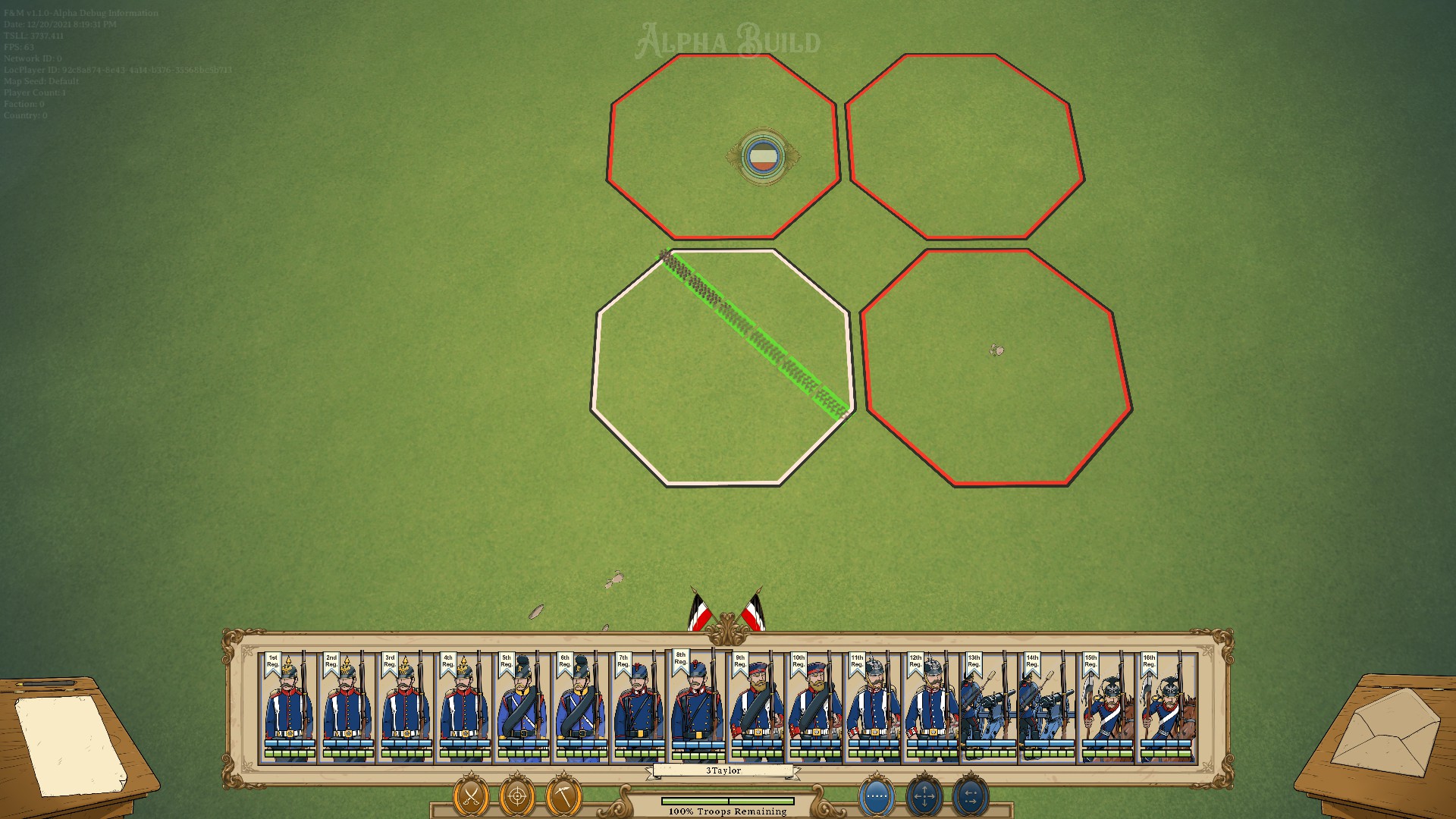
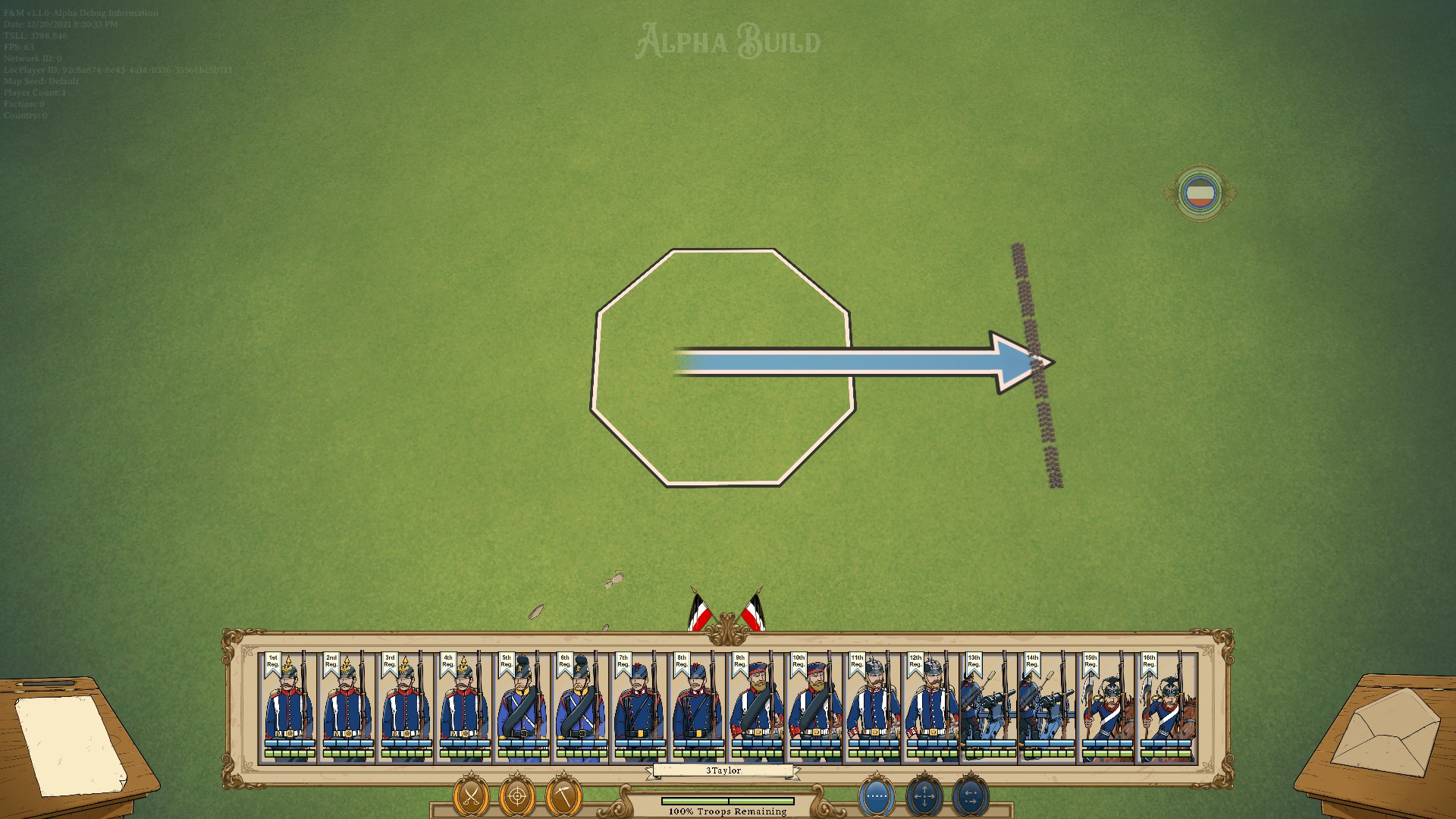

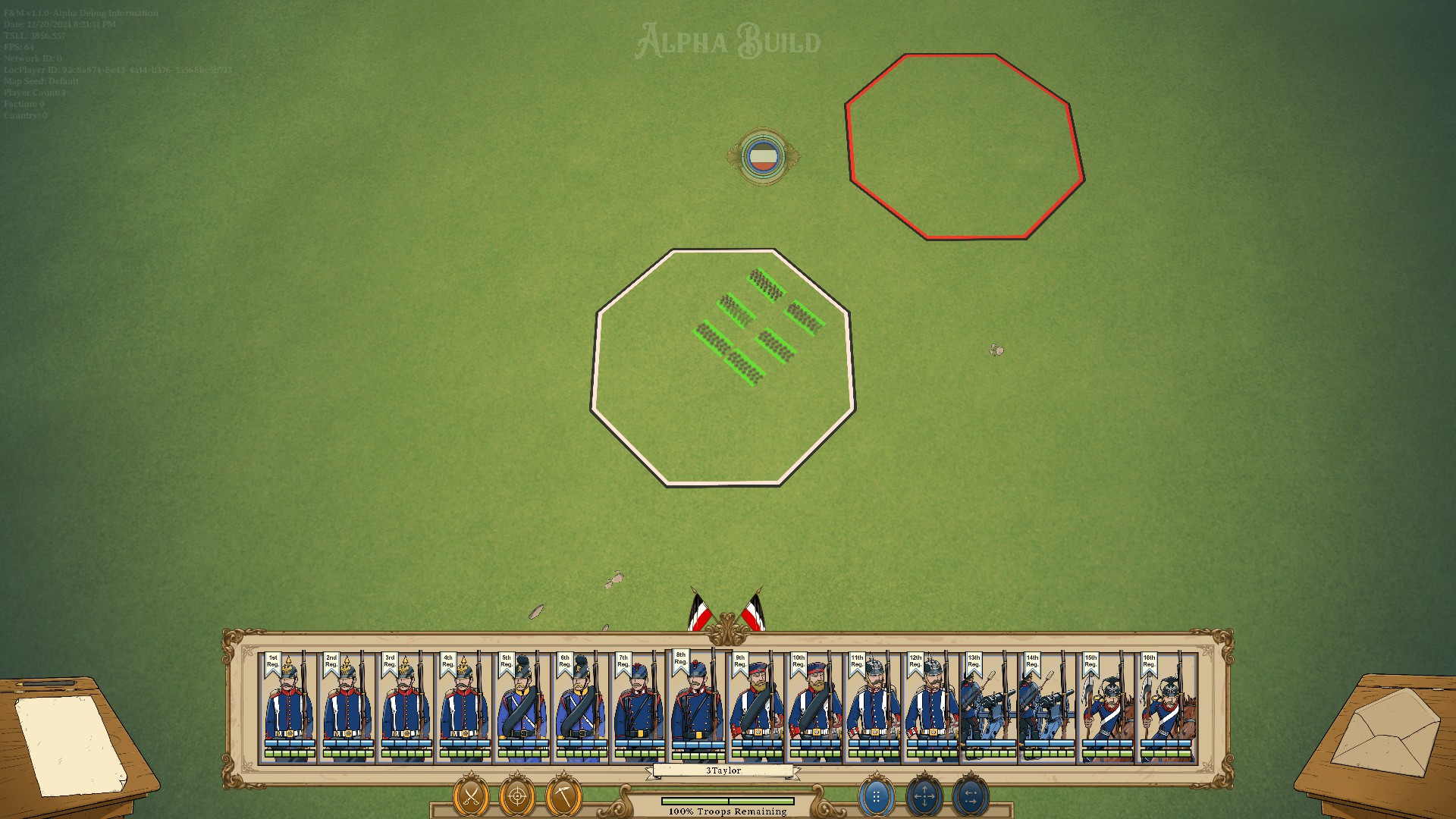
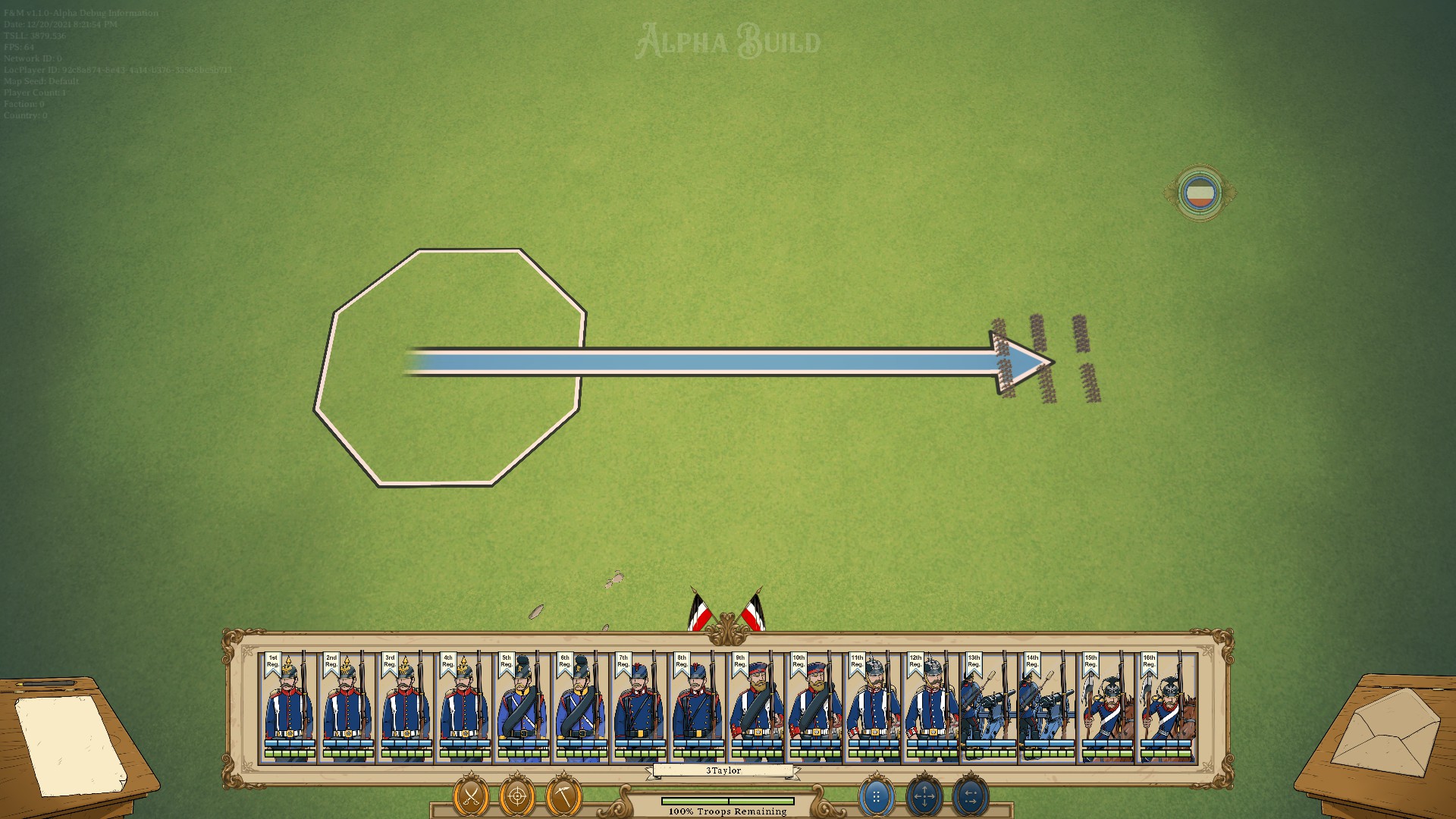
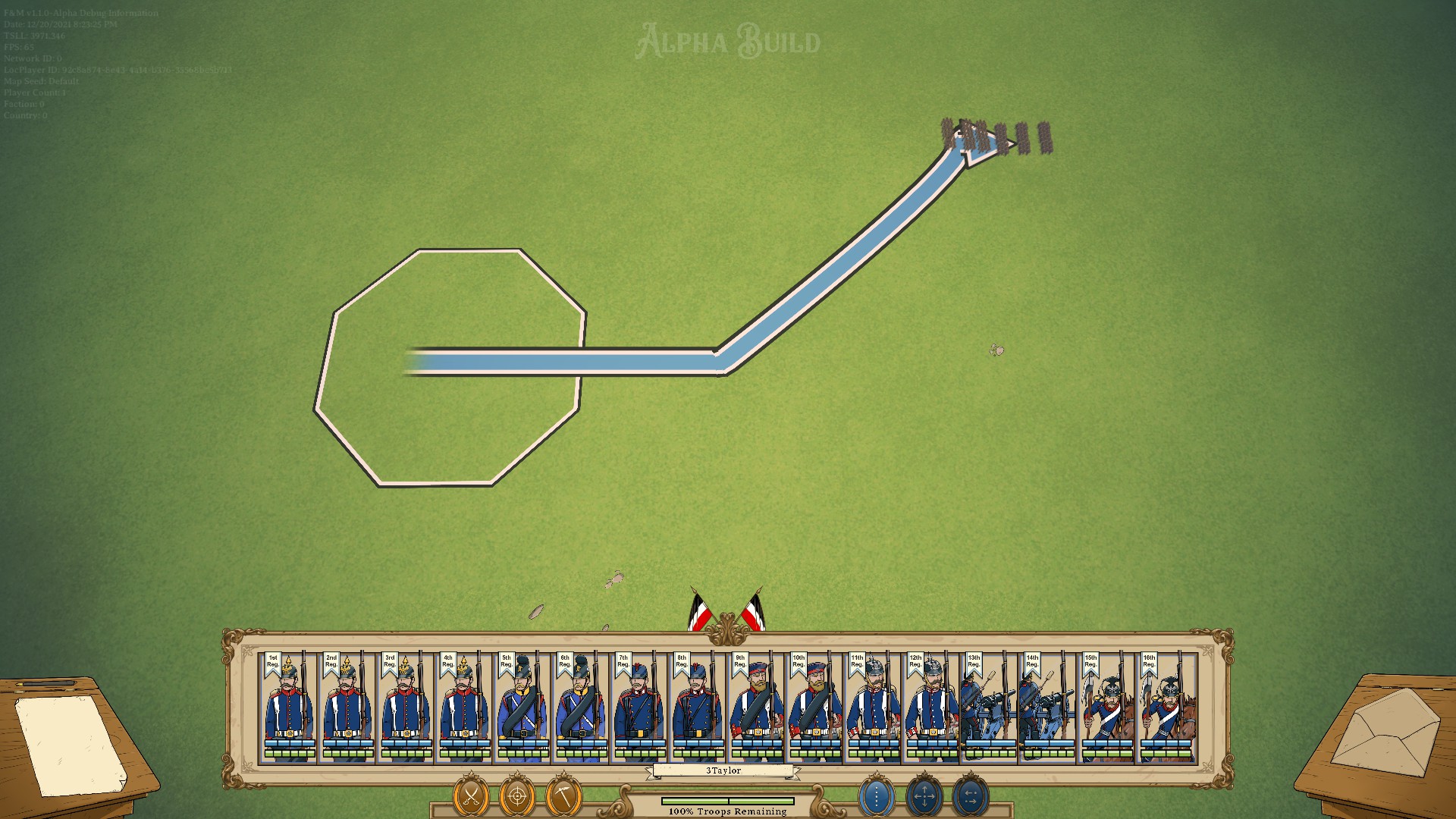
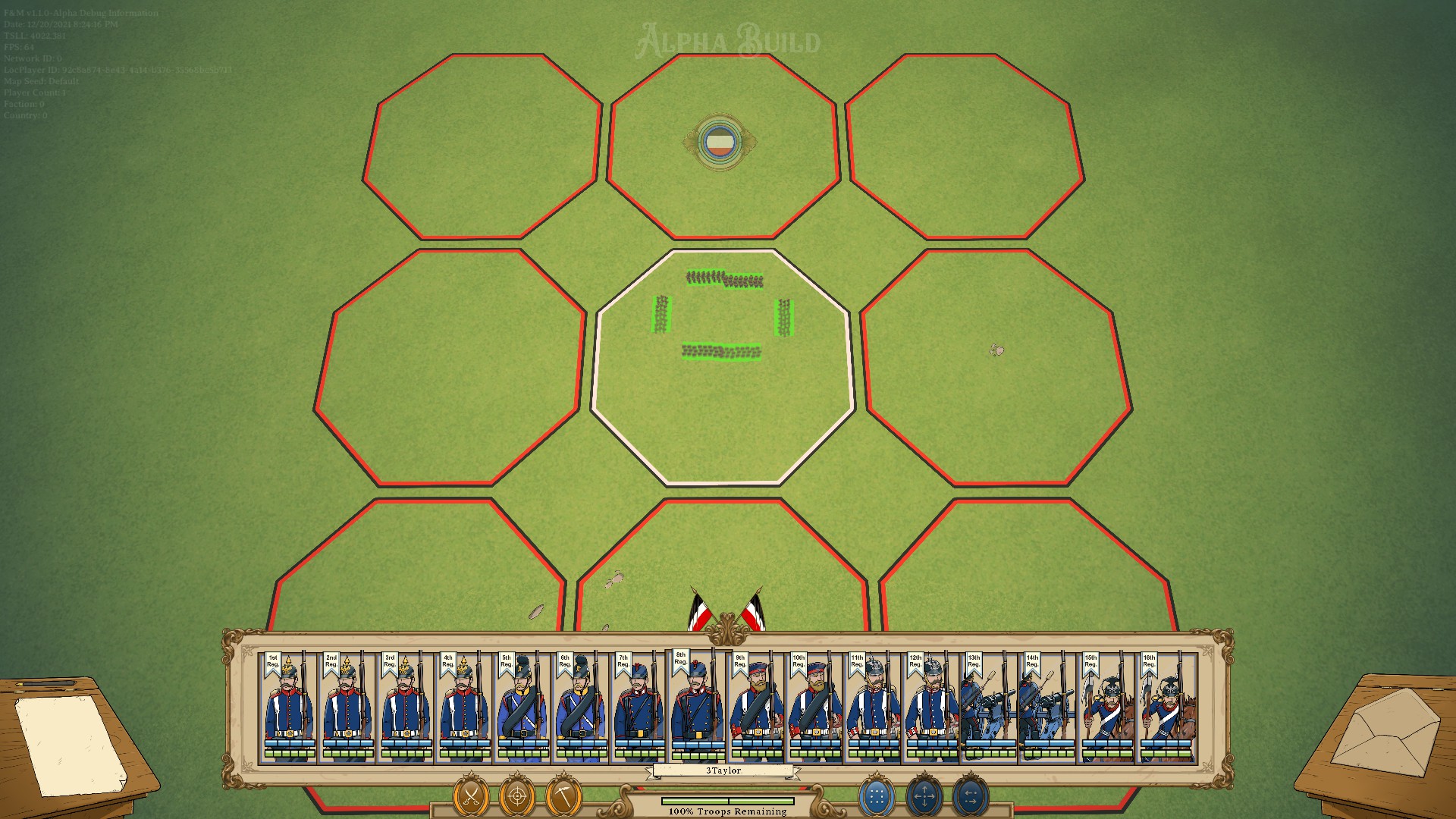
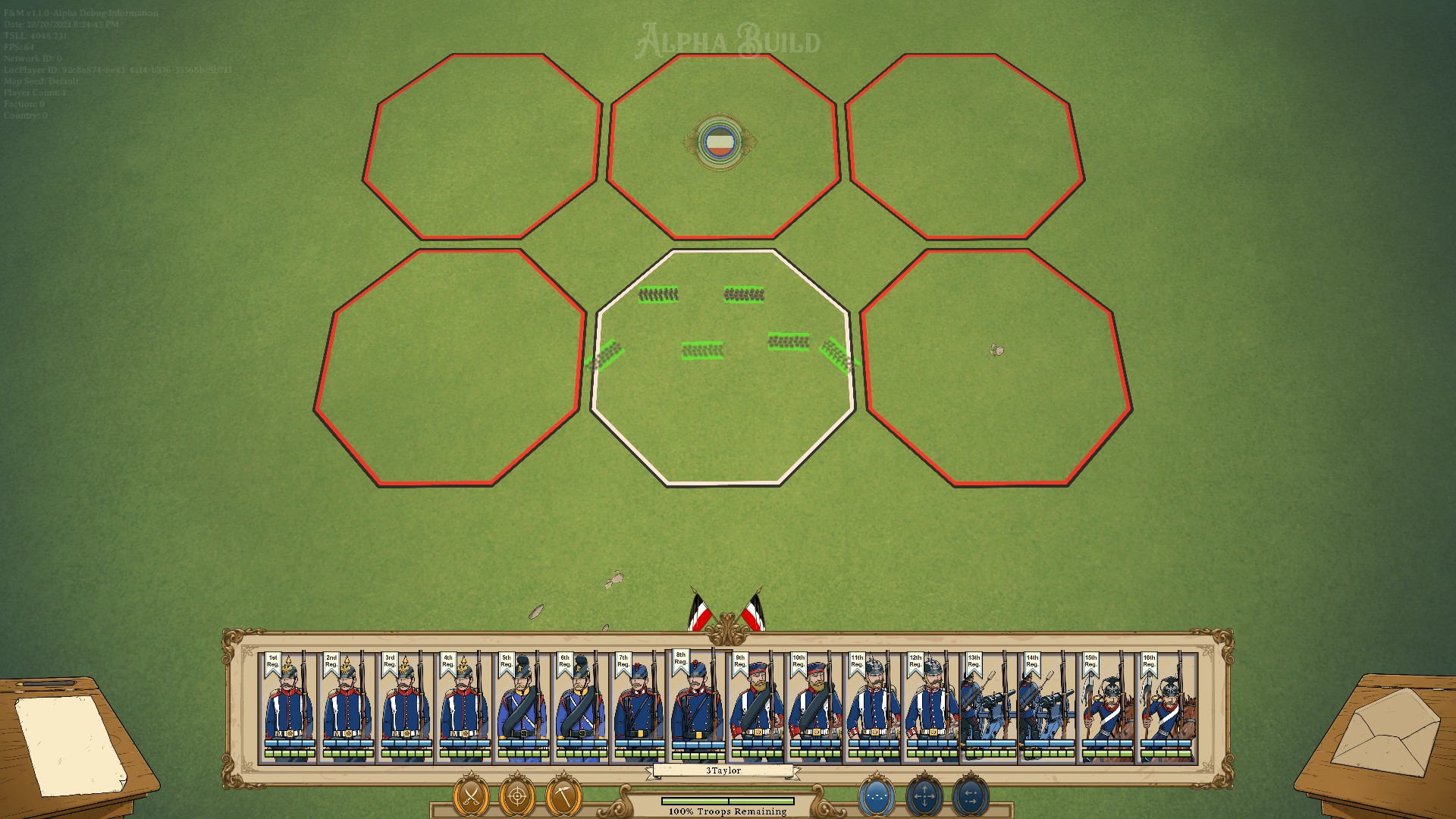
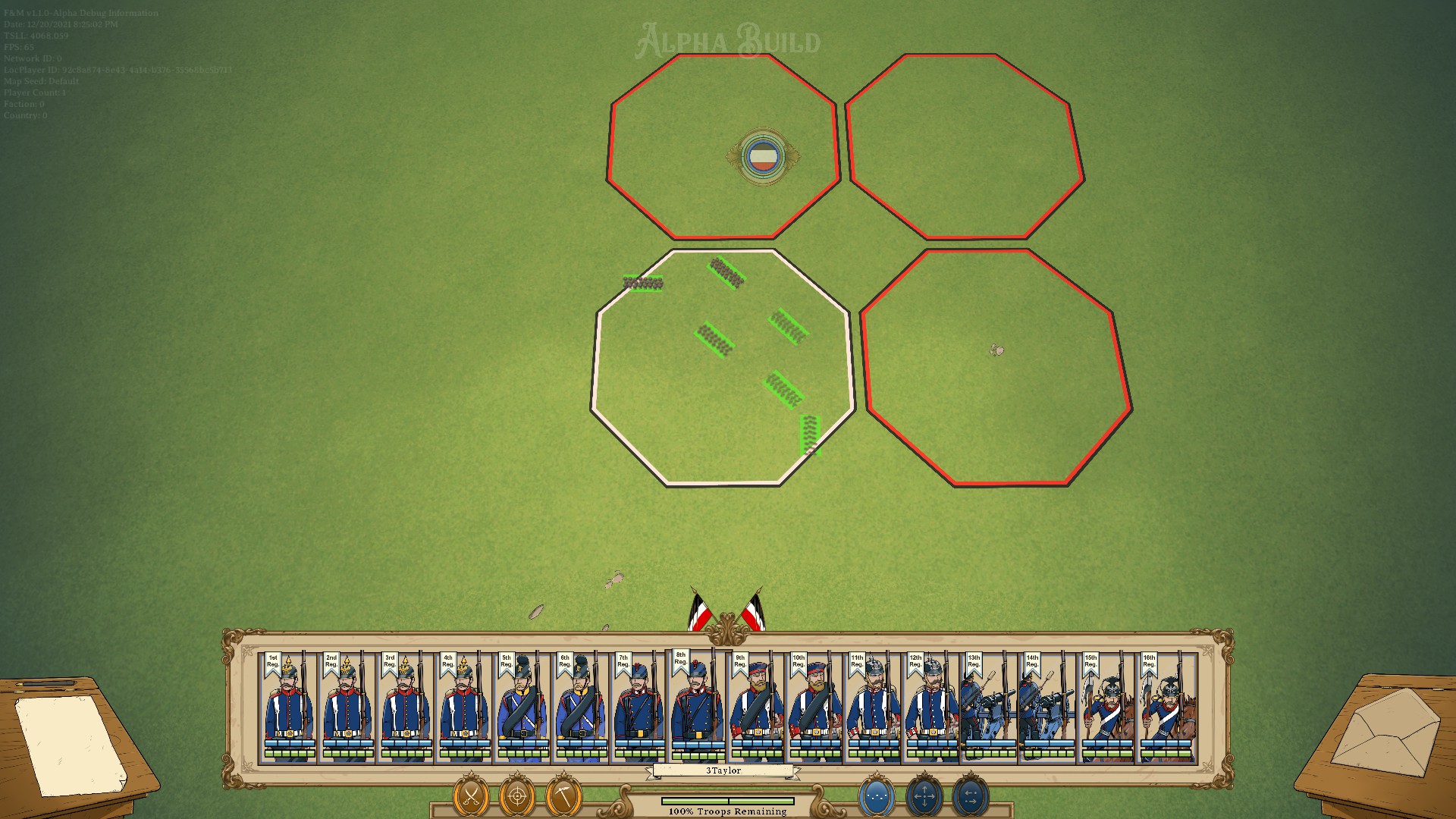
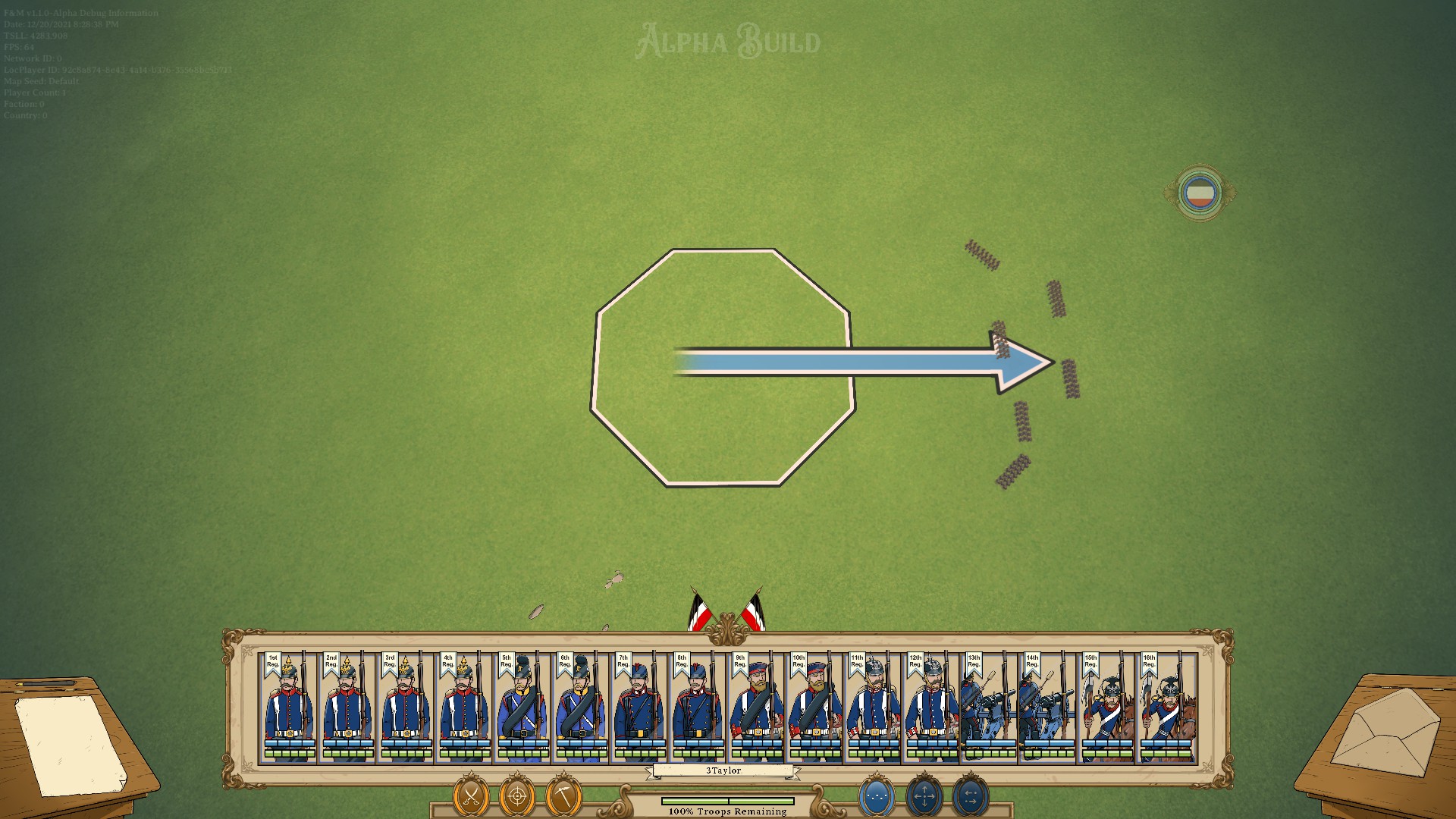

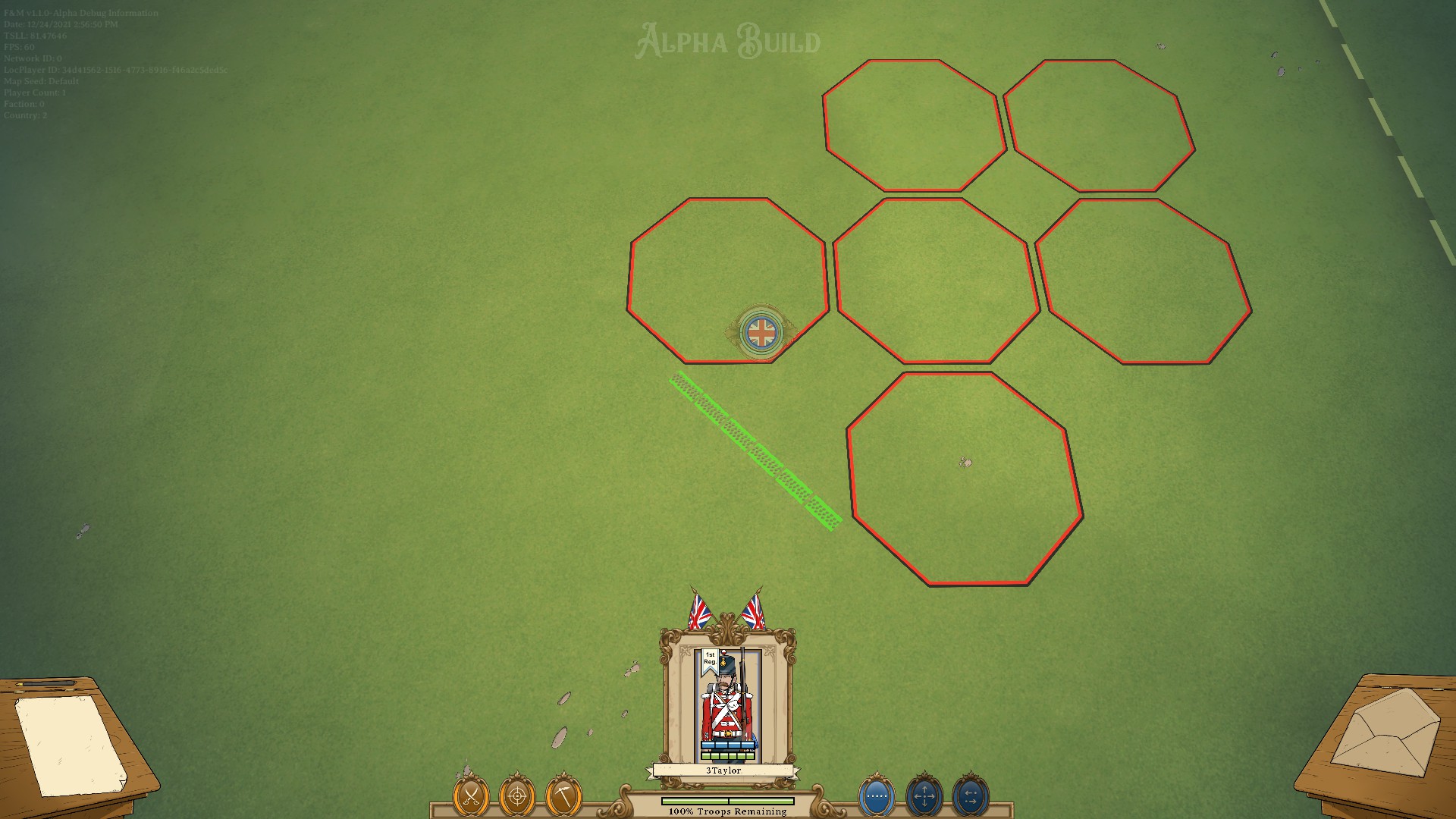
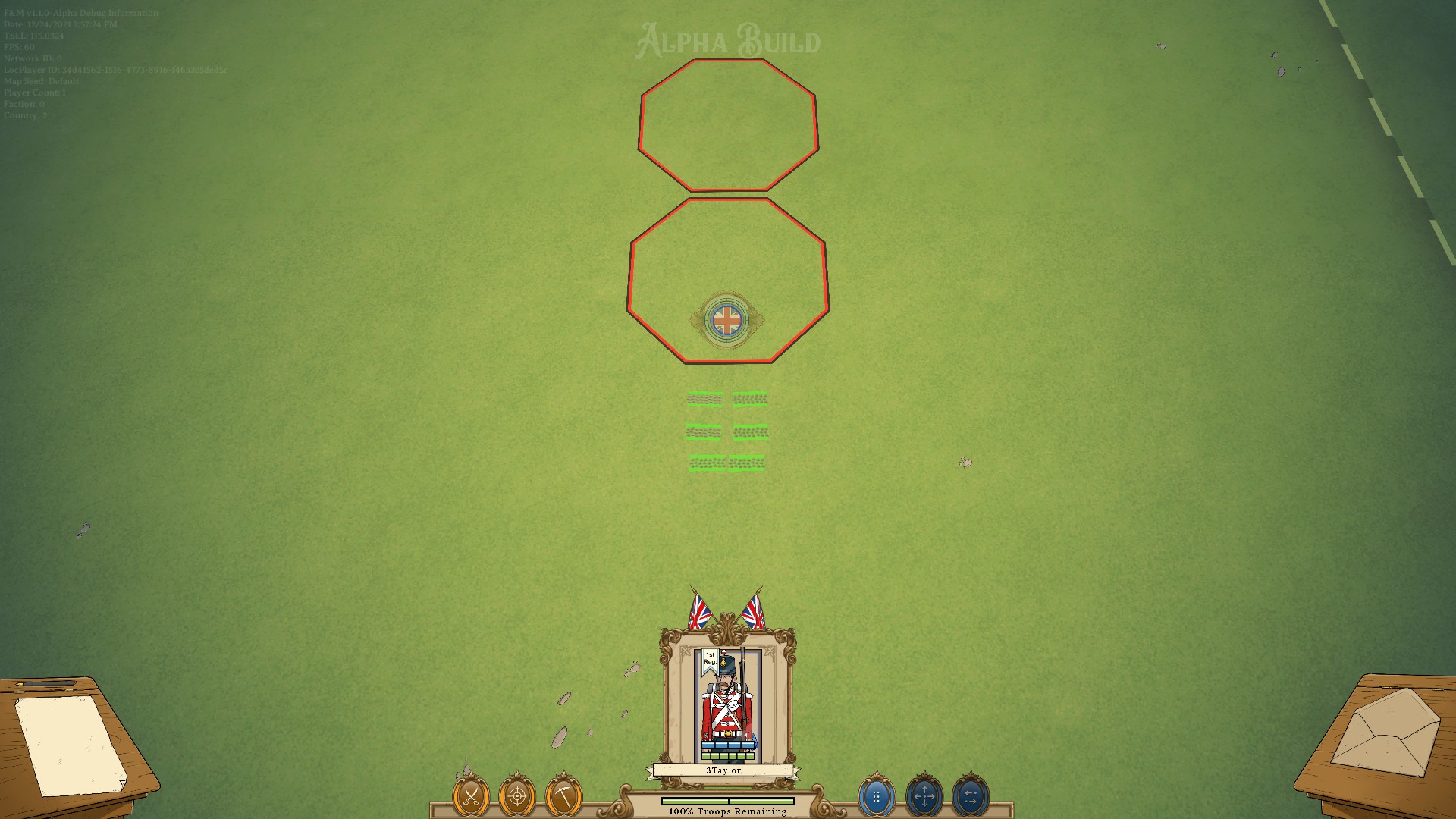
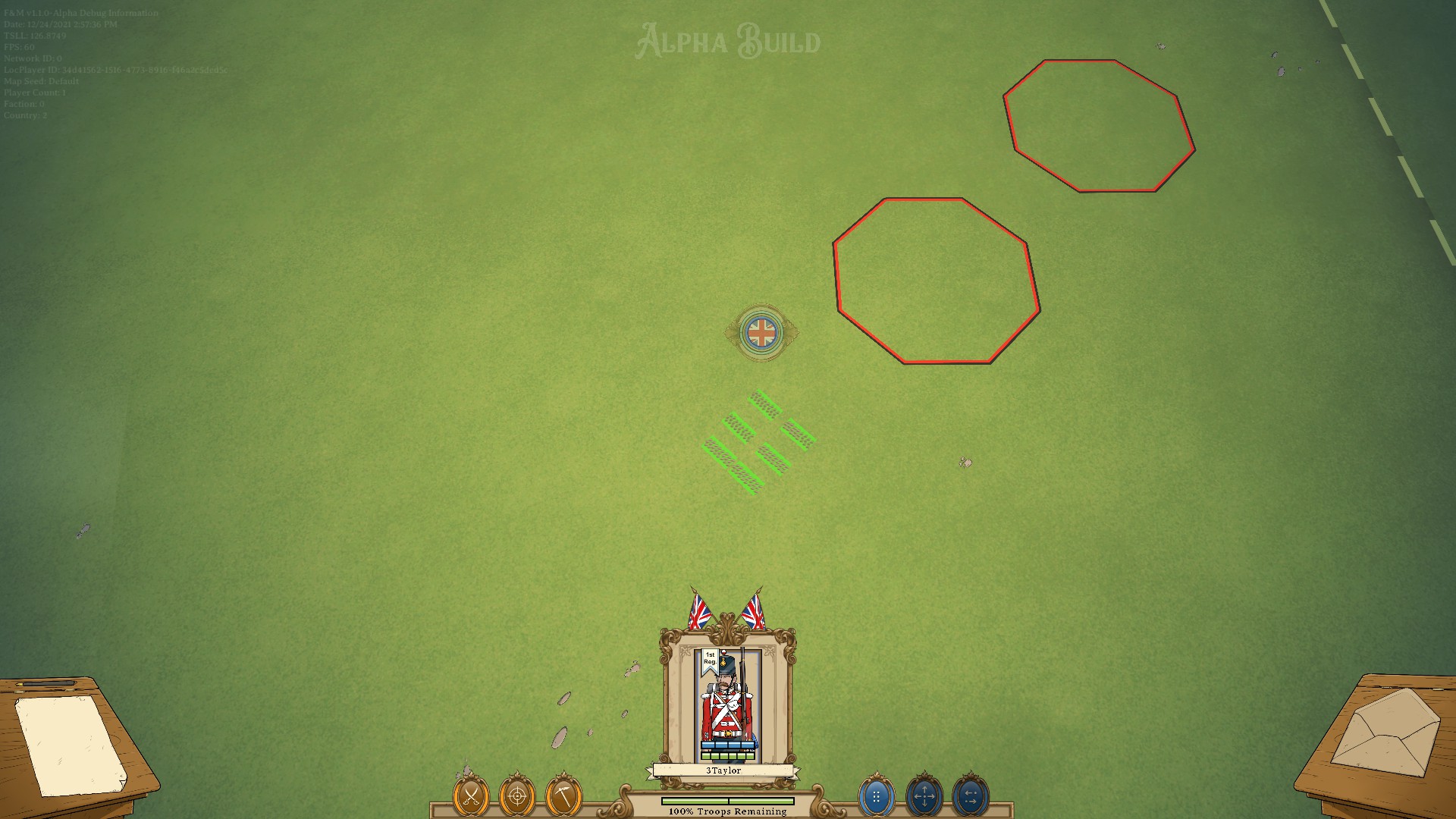

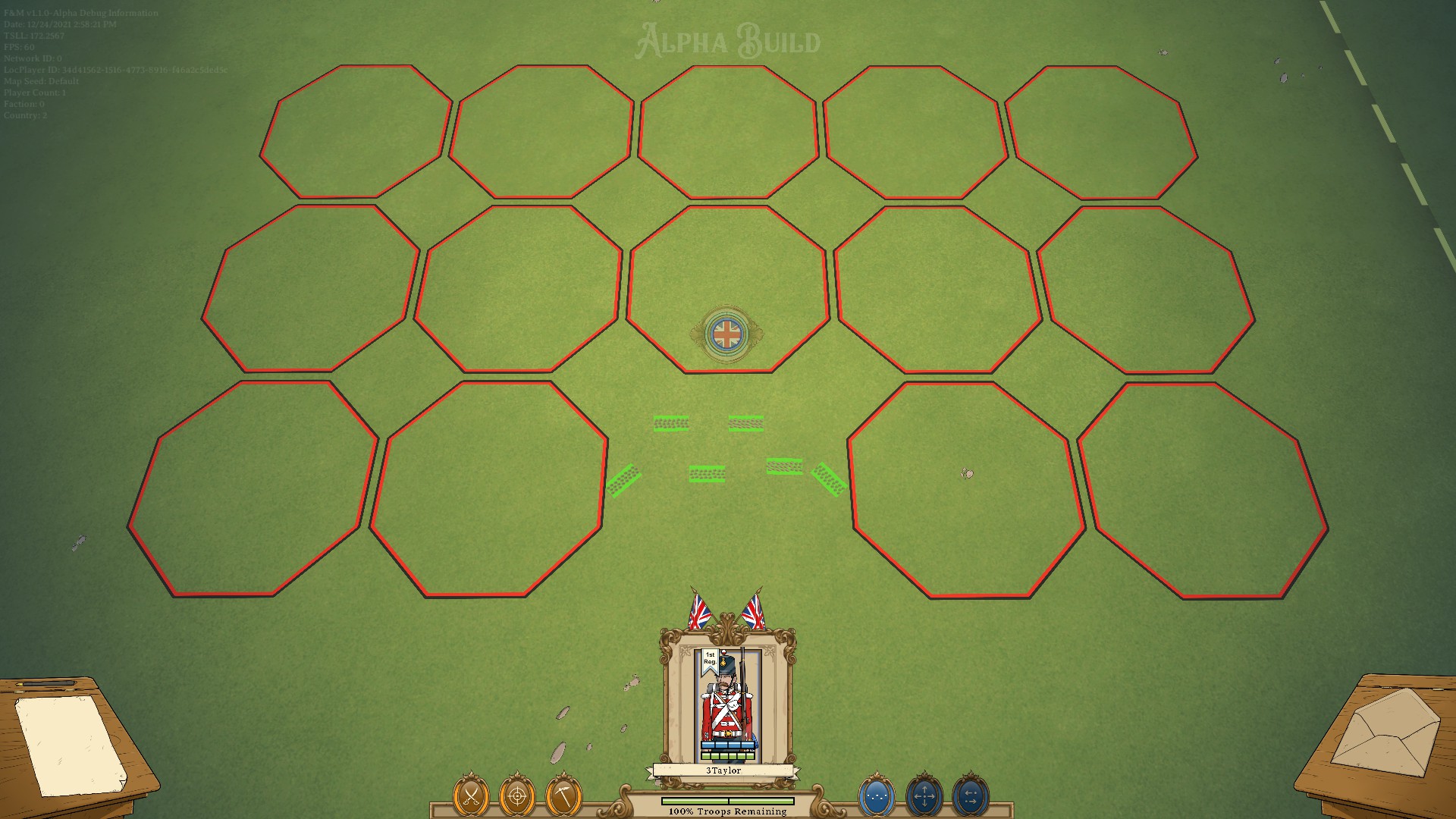
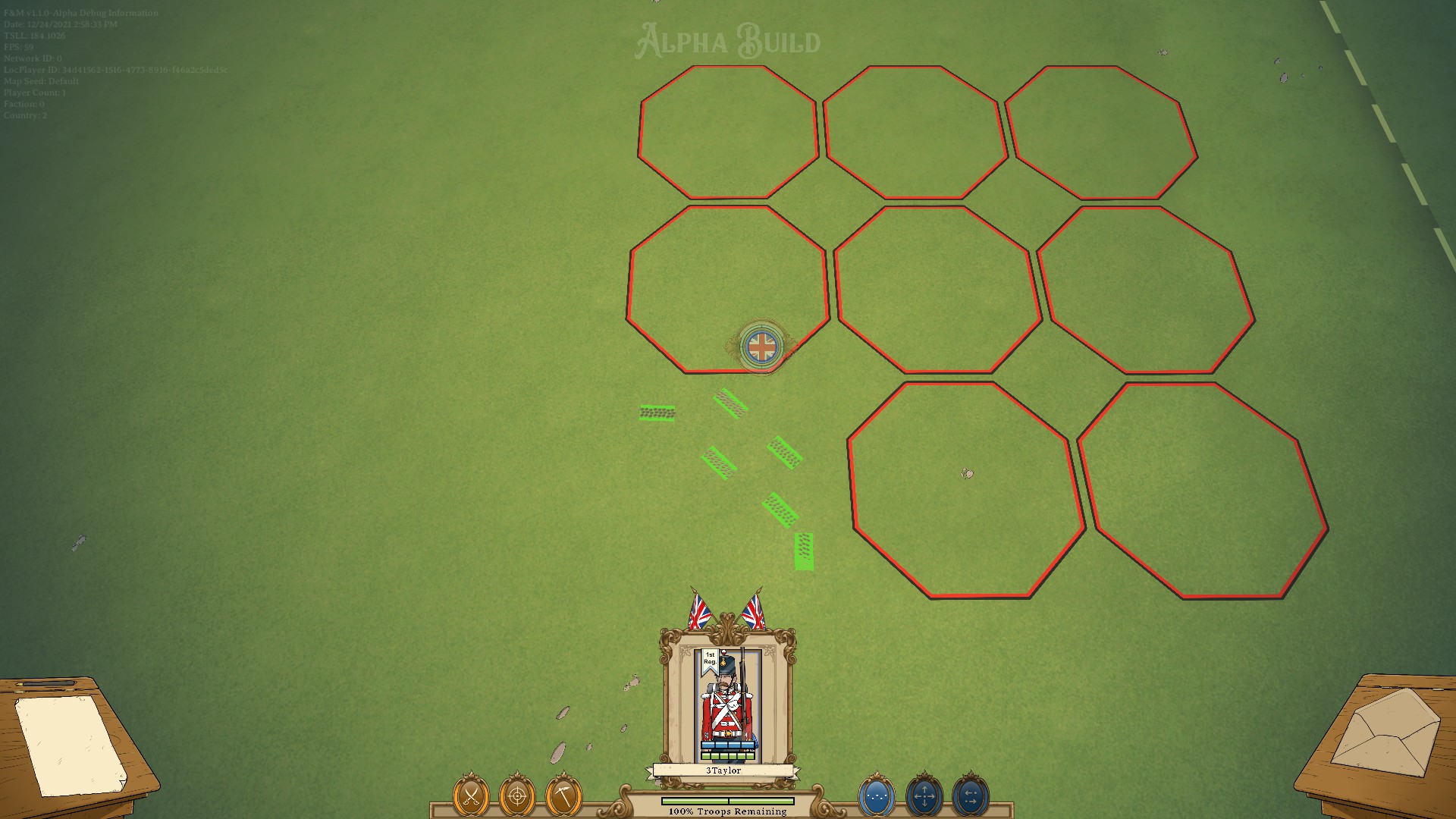
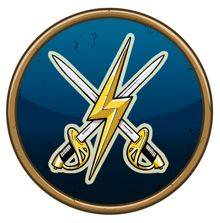
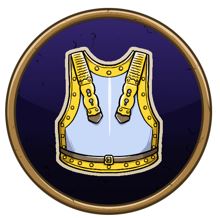

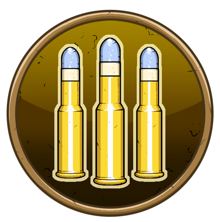
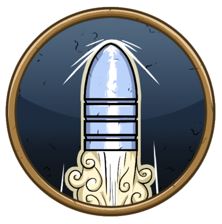
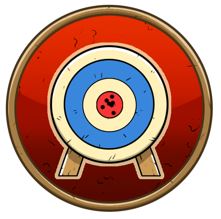
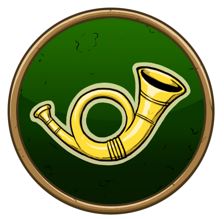
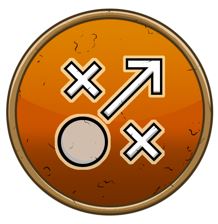


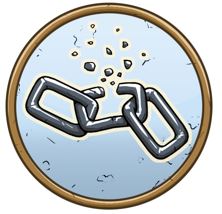

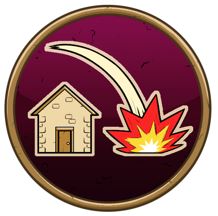
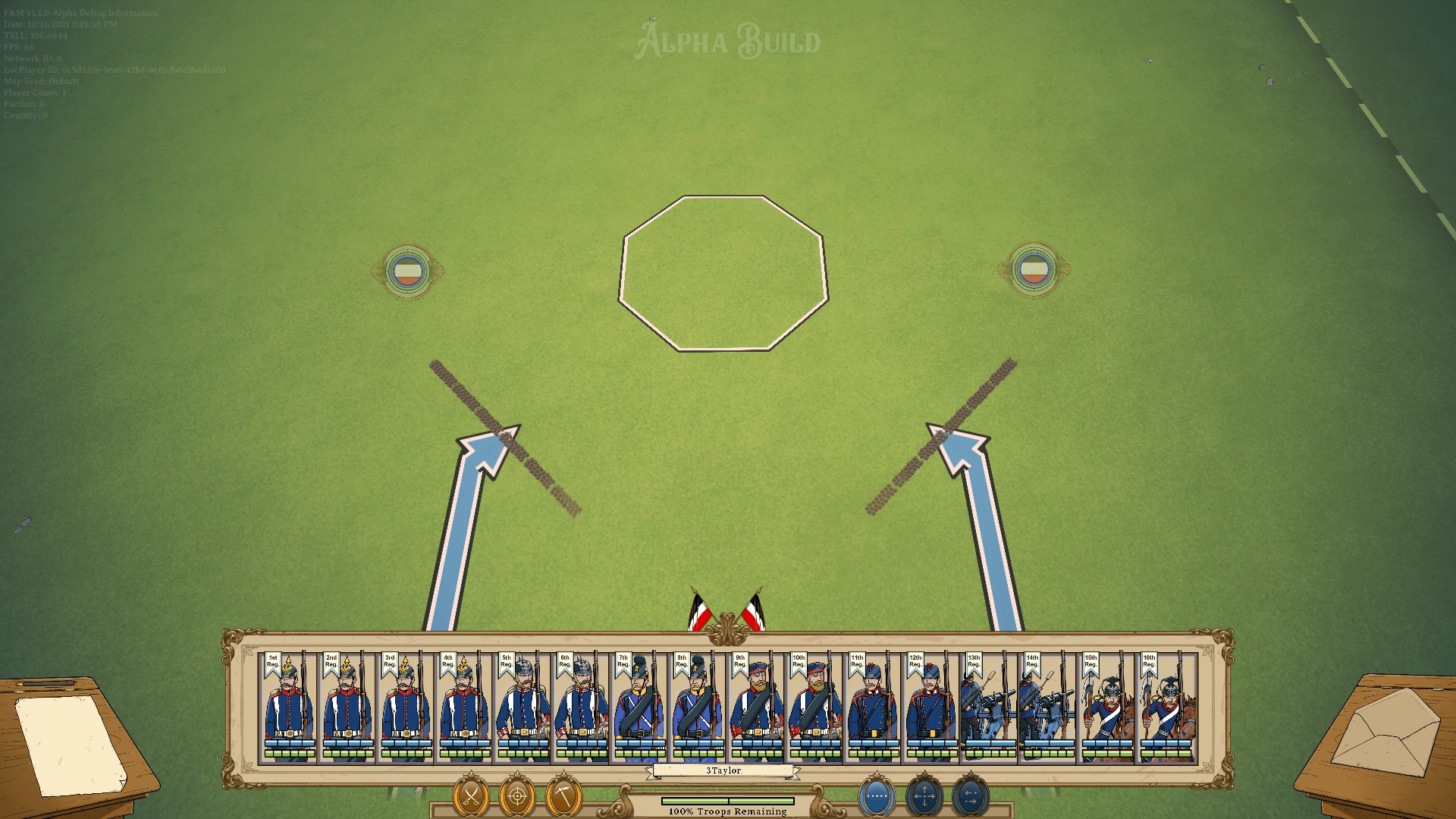
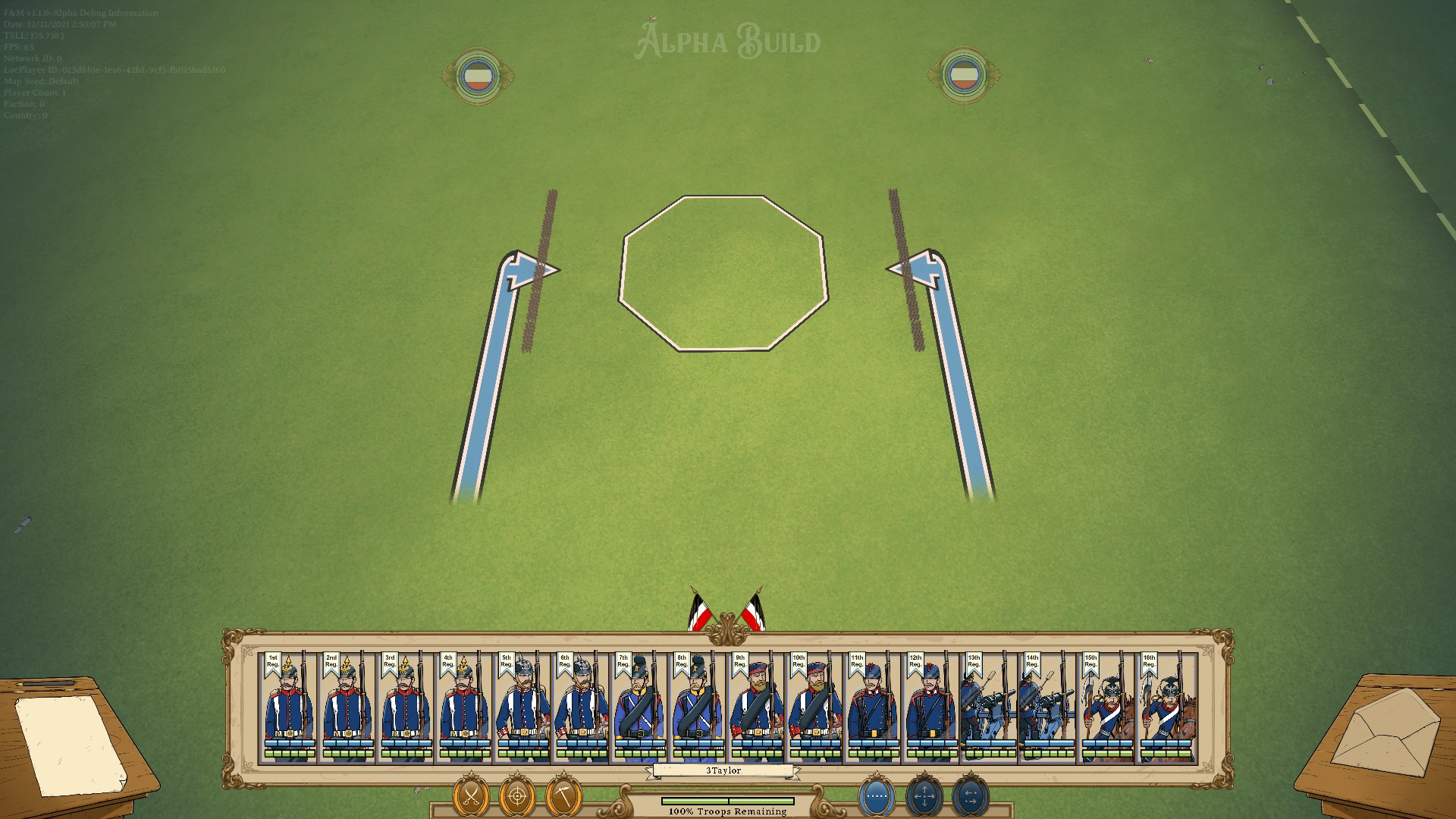




Leave a Reply